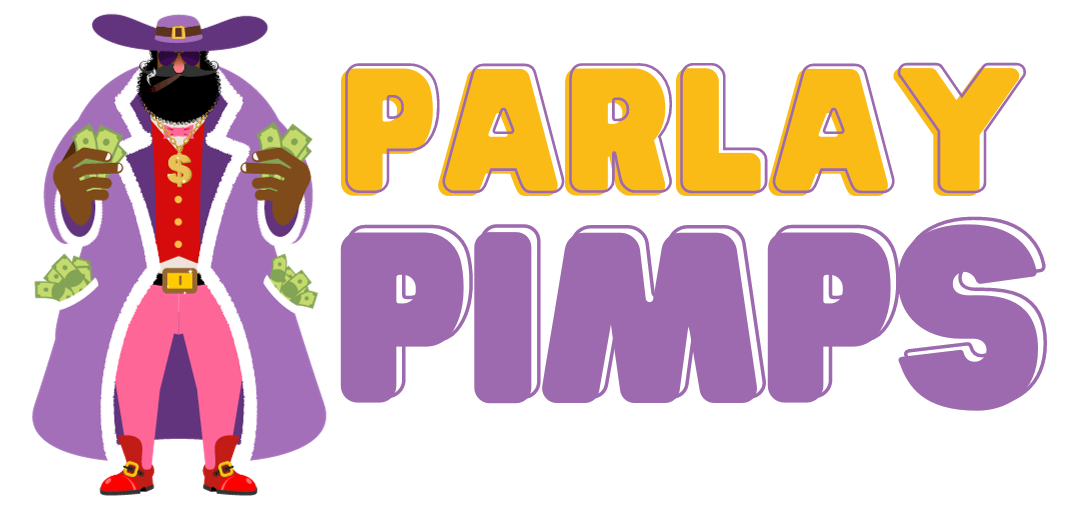How To Read Odds
Understanding Sports Betting Odds: An Introductory Guide
Navigating the world of sports betting can be daunting for beginners, especially when learning how to read odds. The presentation of odds can differ across various platforms, with American, decimal, and fractional formats being the most prevalent. This guide aims to demystify the process of reading and interpreting betting odds and provide insights into potential payouts.
Disclaimer on Payouts and Profits
It’s important to note that the specific figures for payouts and profits might slightly differ due to the methods used in converting odds and calculating combinations of bets. The figures provided in this guide are solely for demonstration purposes and may not exactly match real-world payouts and profits.
The Origin of Odds
Odds are a way to quantify the probability of each possible outcome in a contest. Typically, sports betting odds are conveyed as a ratio, with the less likely outcome shown first. For example, 3 to 1 odds indicate that the probability of losing is three times higher than that of winning.
Understanding Different Odds Formats
American Odds
American odds, while seemingly complex at first glance, become quite straightforward once you learn how to read odds. These odds are based on a $100 benchmark, with the favorite and the underdog indicated differently. Regardless of the bet size, this system is scalable. For instance, a $100 bet yielding $200 pays $20 on a $10 bet, demonstrating how to read and scale odds effectively.
These odds are identified by a preceding plus or minus sign, like +150 or -150. The minus sign denotes the favorite (higher chance of winning), while the plus sign indicates the underdog (lower chance of winning).
Calculating Implied Probability with American Odds (Negative vs Positive)
Negative American odds show the amount required to bet to win $100. For instance, -120 odds mean a $120 bet yields $100. Your initial stake is also returned, totaling $220 if you win.
Positive American odds indicate potential winnings on a $100 bet. For example, +120 odds mean a $100 bet wins $120. Including your stake, the total return would be $220. American odds are adaptable to various bet sizes—for example, a $10 bet at +120 wins $12, for a total of $22; a -120 bet requires a $12 stake to win $10, totaling $22 including the stake.
Calculating Implied Probability with American Odds (Negative vs Positive)
Implied probability is the likelihood of a selection winning.
Consider a hypothetical game between Chicago and Denver:

To find the implied probability with positive American odds, divide 100 by the sum of the odds and 100. For Chicago at +120 odds:

For negative odds, divide the odds by the sum of the odds minus 100. For Denver at -120:

Decimal Odds
Decimal odds are often favored by new bettors for their simplicity. They are represented as a whole number with a two-digit decimal, such as 2.20.
Calculating Winnings with Decimal Odds
To calculate winnings, simply multiply your stake by the decimal odds. For instance, a $100 bet at 2.20 odds yields $220, including your stake.
Calculating Implied Probability with Decimal Odds
To determine implied probability, divide 1 by the decimal odds. For 2.20 odds, it’s 1 ÷ 2.20, equating to a 45% winning chance.
Fractional Odds
Commonly used outside the US, fractional odds are also prevalent in some American contexts. They’re straightforward, often shown as a fraction like 6/5.
Calculating Winnings with Fractional Odds
To calculate profit, multiply your bet amount by the fraction. A $100 bet at 6/5 odds yields $120 in profit, totaling $220 with your stake.
Calculating Implied Probability with Fractional Odds
For fractional odds, divide the denominator by the sum of the numerator and denominator. With 3/1 odds, it’s 3 / (3 + 1), or a 25% winning chance.
Understanding Implied Odds vs. True Odds
Odds reflect an event’s likelihood and are essential for calculating payouts. It’s crucial to distinguish between implied and true odds.
Implied Odds
These represent the win probability as suggested by the current odds offered. Our calculator above can help you determine implied probability for any wager.
True Odds
These are the actual chances of an event occurring, based on predictive models and data. Understanding how to read odds is crucial here: if a bettor’s true probability assessment, derived from reading odds, is higher than the sportsbook’s implied probability, it might indicate a favorable betting opportunity.
For instance, consider a basketball match between Team A and Team B. A bettor estimates Team A’s winning probability at 60% (equivalent to -150 in American odds), while the sportsbook’s implied probability based on their odds is 45% (+122 in American odds). Here, the bettor perceives an advantage, as their estimation of Team A’s winning chances is higher than that of the sportsbook. Thus, betting on Team A could be seen as a strategic move to capitalize on this perceived value difference.
Don’t Want To Waste Your Time Putting Picks Together?
If you are tired of looking at odds and lines, you may want to start getting picks from a professional. Parlay Pimps has some of the best sports cappers around selling picks on our platform. No matter what season it is, the Parlay Pimps have a pick for you!
Skeptical About Purchasing Picks?
If you are unsure about purchasing sports picks due to a bad circumstance in the past, we give away awesome picks for free every single month. While these may not be our hottest picks or our free picks oftentimes provide big wins!
Please Gamble Responsibly
Please remember that responsible sports gambling should always be done within your financial limits, never exceeding what you can afford to lose. It’s important to view gambling as a form of entertainment, not a way to make money, and to always be aware of the risk of addiction. If you feel you have a problem, seek help from a professional organization specialized in gambling addiction.
